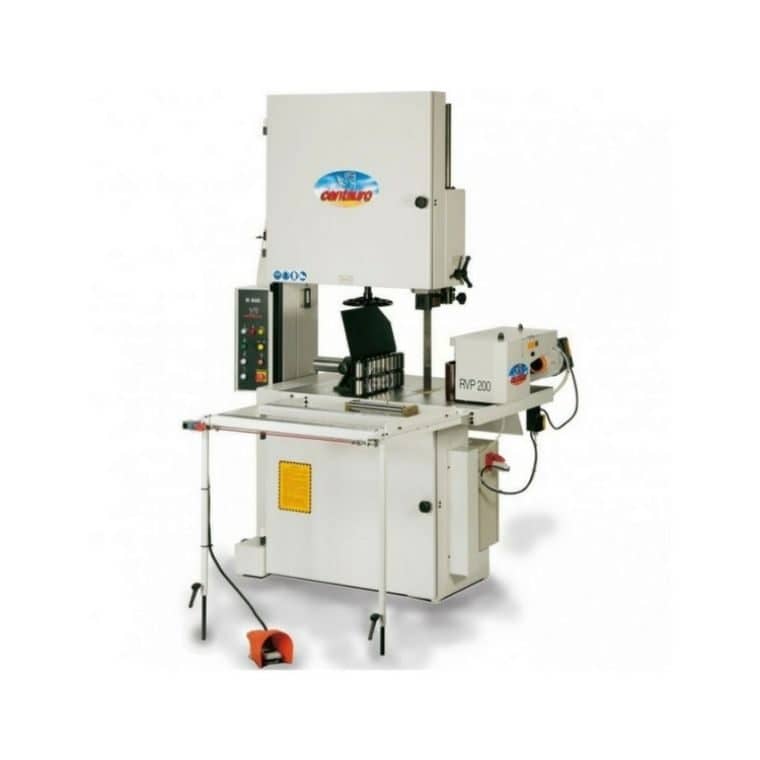Edgebanders are the perfect solution to the harsh and unsightly edges of your sheet goods. These untreated edges aren’t just an eyesore, they make for difficult handling of the sheet and can easily cause scrapes and splinters. With the ability to process different types of wood and a variety of materials (including plyboard, polyester, Formica and melamine), edgebanders will provide a significant boost to the durability of your processed materials whilst transforming the appearance from careless and rugged to neat, tidy and of much greater quality.
The edge banding process isn’t quite as simple as smoothing down rough edges. It involves a well-textured, thin strip of wood sealed tidily around the edges with adhesives. Adaptable to your needs, there are a few different types of edgebanders that serve the same purpose but carry out slightly different processes.
Whether you’re working with veneered wood panels, softwood, hardwood or other materials, you’ll need to give them a proper finish by planing the edges with a wooden strip through adhesives. An edgebanders will make short work of your edge banding needs.
We stock a selection of edgebanders for both small and larger-sized companies, from world-renowned manufacturers such as the SCM Group. If you are unsure as to which edgebanders will be best suited to your woodworking needs or workshop size, please don’t hesitate to get in contact with us and we’ll be more than happy to answer any questions you may have.
With an array of edgebanders that each has different methods of reaching the same goal, the following list gives a brief overview of the different types of edgebanders:
Laser – these involve the use of laser beams that melt the surface of the material in preparation to be glued. Once complete, the material is immediately pressed onto the workpiece.
Hot Air – by using compressed, heated air to activate the adhesive layer of the material, hot air edgebanders allow the material to fuse seamlessly with the workpiece.
EVA/PUR Hot Melt – the most popular form of edgebander, these offer powerful and fast-setting bonds with great heat resistance.
Contour/BAZ/Vector – applies edgebanding to shaped parts and also trims and scrapes at the same time.
For more information on edgebanders, visit our About Edgebanding page.
Here at RJ Woodworking, we stock a vast range of edgebanders all with varying strengths and abilities. Encompassing such a spectrum allows us to cater to various types of workshops and craftsmen, from lower-end, smaller workshops to higher-end, professional workshops. Whether you’re looking for a smaller investment or a larger, far more substantial investment, we’ll have you covered.
We stock an array of edgebanders from our exclusive manufacturer, SCM Group. Known for their unparalleled robustness and efficiency, SCM Group offers a spectrum of machines designed to meet the needs of various workshops and craftsmen. For workshops seeking advanced, flexible machines that adapt to specific requirements, we provide options with features such as glue scrapers, end saws, top/bottom trimmers, buffers, pre-milling units, and more.
PART EXCHANGE
Our part exchange service will make it easier for you to exchange both your new and used machinery.
Finance Solutions
No matter your financial situation, we are on hand to help you find the best finance solutions for your needs.
Which Edgebander is the best?
Determining the best Edgebander depends on various factors such as project requirements, budget, and personal preferences. It’s advisable to conduct research and compare different models based on factors like reliability, production speed, ease of use, edgebanding quality, and customer reviews. Consulting industry professionals or suppliers can also provide valuable insights to help you make an informed decision that aligns with your specific needs.
What Temperature is needed for Edgebanding?
The temperature required for edgebanding primarily depends on the type of edgebanding material being used. Generally, thermally activated materials like hot melt adhesive or pre-glued edgebands necessitate a temperature range of 180 to 220 degrees Celsius (356 to 428 degrees Fahrenheit) for effective bonding. However, it’s crucial to refer to the manufacturer’s guidelines and specifications for the specific edgebanding material you’re working with since temperature requirements may slightly vary. Maintaining consistent and appropriate temperature levels is essential to ensure optimal adhesion and a durable bond between the edgeband and the substrate.
Do you sand before edgebanding?
In most cases, it is recommended to sand the substrate before applying edgebanding. Sanding helps create a smooth and even surface, which enhances adhesion and bonding. By removing imperfections, rough spots, or irregularities, sanding contributes to better installation quality. It also facilitates proper penetration of adhesives and reduces the risk of edgeband lifting or peeling over time. However, specific sanding requirements may vary based on the substrate’s material and condition. It is advisable to follow the manufacturer’s guidelines and best practices for preparing the substrate before edgebanding to achieve optimal results.
OUR BRANDS
ALL BRANDS
We have hundreds of products from top-quality brands to shop from.
If you can’t find a product you need on our website, our team will be able to help you source it. Contact us today!
RJ Woodworking Machinery began trading more than 30 years ago with the simple vision to be one of the best providers of woodworking machinery and equipment in the UK.
Monday – Friday: 8:30am – 17:00pm
© Copyright 2025 - RJ Woodworking Machinery. All rights reserved. Website by Sood

NEW PRODUCT
SCM Centauro R800-RVP210 Bandsaw Resaw
The SCM Centauro R800-RVP210 Bandsaw Resaw is a heavy-duty bandsaw resaw machine composed of solid cast iron wheels, a massive 15kW motor, reliable safety features and a flexible tilting table. The R800 comes as a completely solid, rigid, electric-welded steel structure that will give you years upon years of top-quality service.